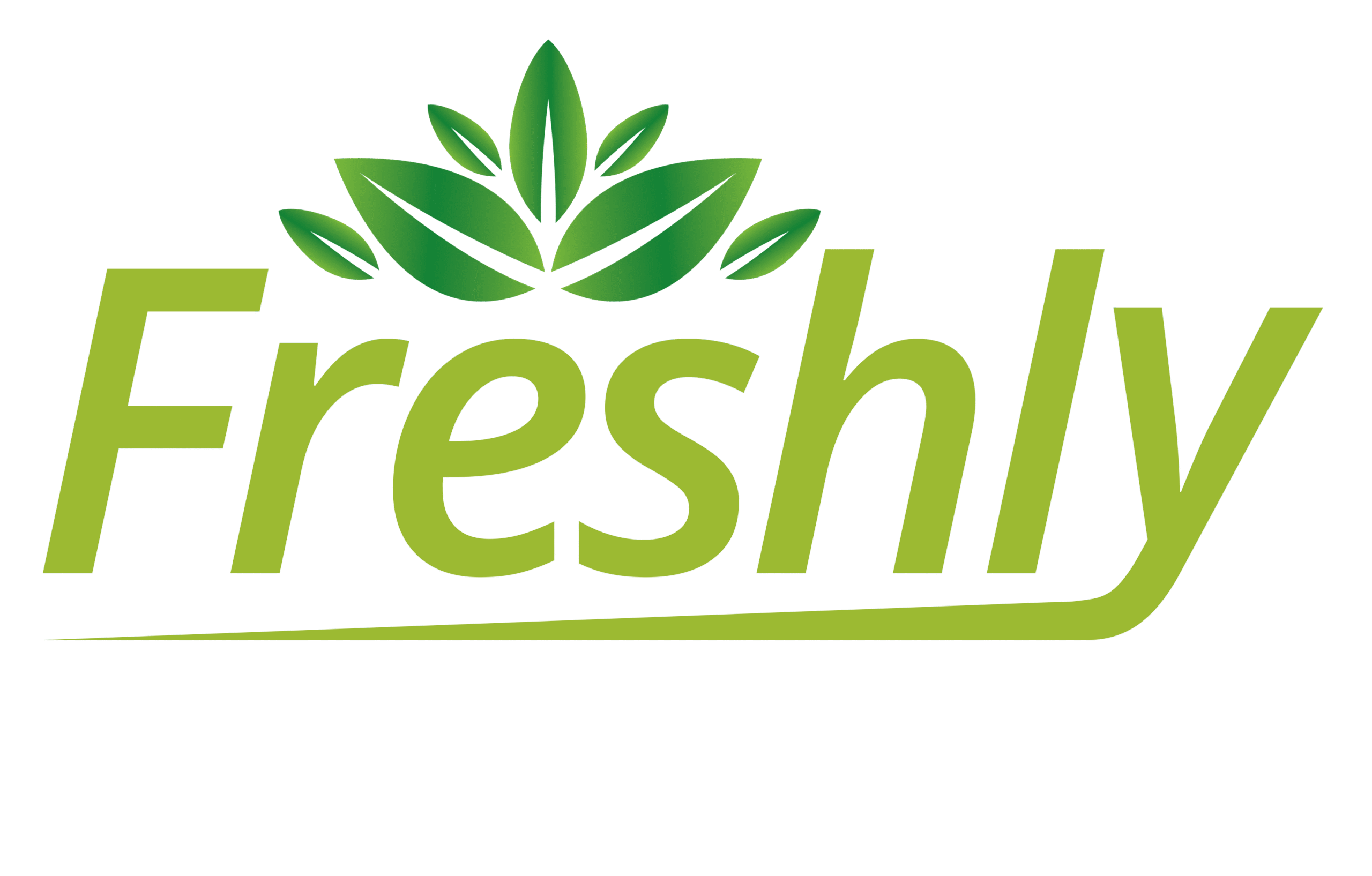Post-Harvest Storage Tips That Saved 20% Loss in 2024
🗓 Date: September 21, 2024
🕑 Time: 1:30 PM

Overview:
Post-harvest loss is one of farming’s most preventable threats. This feature showcases what worked in Kurdistan.
In This Article:
- Real results from farms using solar-powered storage ventilators
- How better grain bagging and pallet stacking saved crops
- Community cold-storage solutions and cooperative use models
- Training success stories from Erbil and Ranya
Key Insight:
Simple, scalable upgrades in storage are boosting profits and reducing waste.
About The Article
Post-Harvest Storage Tips That Saved 20% Loss in 2024
From Field to Profit: The Untold Story of Storage
Harvesting a good crop is only half the battle—keeping it safe until sale is where many farmers lose out. In 2024, Kurdish farmers and cooperatives turned their attention to post-harvest handling, and the results were remarkable. On average, communities implementing better storage practices reported up to 20% less crop loss—translating directly to income and food security gains.
This article shares the practical strategies that made the biggest difference on the ground.
1. Ventilation Makes the Difference: Solar-Powered Storage Units
In regions like Chamchamal and Garmiyan, where summer temperatures soar, storage spaces can become ovens. The solution?
- Solar-powered ventilators were installed in 14 community storage units
- These systems kept humidity below 65%, preventing mold growth
- Farmers extended the safe storage period of wheat, corn, and barley by up to 2 months
This affordable, low-maintenance tech was a game-changer, especially for cooperatives without access to cold storage.
2. Smarter Grain Bagging & Stacking
Improper stacking and exposure to pests caused significant losses in past years. In 2024, farmers who applied better techniques saw measurable improvements:
- Switched from jute sacks to double-layered polyethylene bags
- Implemented elevated wooden pallets to prevent ground moisture damage
- Adopted cross-stacking techniques to allow airflow between bags
These low-tech upgrades reduced spoilage, especially in temporary storage structures and roadside facilities.
3. Cold Storage Collaboration: The Power of Shared Resources
In partnership with Freshly Company and several local councils, new community-based cold storage centers were introduced:
- Located in rural hubs like Ranya, Khanaqin, and Penjwen
- Farmers rented space cooperatively, storing perishables like potatoes, tomatoes, and dairy
- First-season results: up to 30% reduction in spoilage, especially during peak summer months
This model showed that pooling resources can make advanced storage affordable and scalable—even for smallholder farmers.
4. Training & Awareness: The Hidden Multiplier
None of these improvements would have worked without one thing: knowledge transfer. Throughout the year:
- Freshly’s extension team conducted 25+ training workshops across Kurdistan
- Posters and checklists on storage best practices were distributed in local markets
- WhatsApp groups connected farmers to experts for quick answers to problems like mold, weevils, or rat infestations
As a result, more than 800 farmers reported changing at least one storage practice—and most said they’d never go back.
The Results
Average post-harvest loss dropped from 28% in 2023 to 21% in 2024 in surveyed districts. That 7% might sound small—but across a 500-ton wheat harvest, it means 35 extra tons saved. For many farmers, it was the difference between breaking even and turning a profit.
Key Insight:
Storage isn’t just an afterthought—it’s an investment.
By focusing on simple but effective post-harvest practices, farmers in Kurdistan are not only reducing waste but increasing income, protecting food supply, and building resilience in the face of climate unpredictability.
